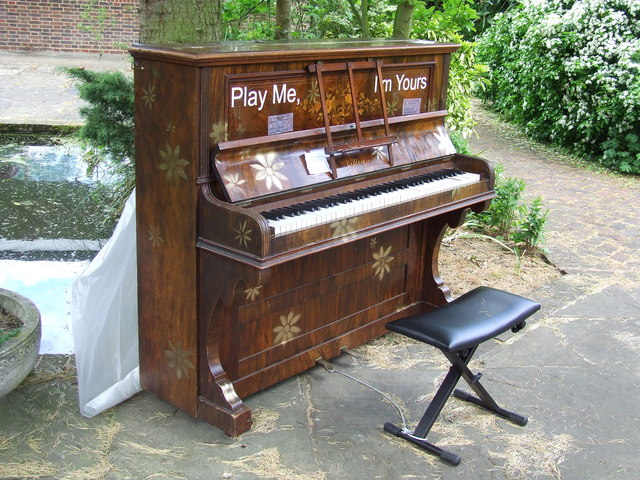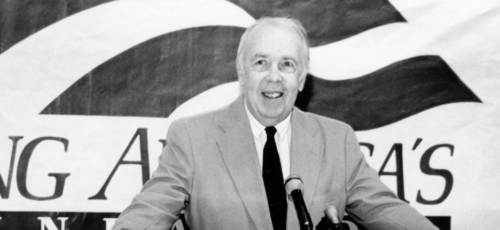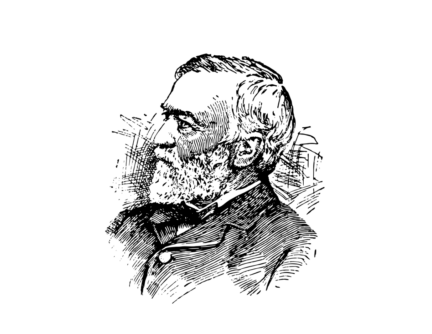One of the forms of philanthropy I find most appealing is recycling. You don’t have to be a leaf-munching greenie to realize a lot of things we own and are tired of have useful lives elsewhere—particularly for the poor. For example, I think it would be a worthy charity to provide poor people with half the cost of a car so that they can get to work in distant suburbs.’
So when I first read this Financial Times column on Street Pianos by Harry Eyres, I thought it was about recycling pianos. “Well, that’s interesting,” I said to myself. “How do you recycle a piano?”
Well, Street Pianos isn’t in the business of recycling pianos. They’re much closer in spirit to those art installations that pop up every once in a while where someone distributes fiberglass elephants, donkeys, or turtles, people paint them, and then they stay up for a while until they’re removed and auctioned off for charity.
According to the Street Pianos website, Luke Jerram, the British artist who came up with this idea, went to his Laundromat every week, seeing the same people doing the same wash at the same time, and realized that “no one talked to each other.” If there were pianos in parks or on the street, he thought, people would get together and bond.
Street pianos were introduced in England in 2008, and since then have been introduced all over the world, including Los Angeles in 2012 and New York City in 2010. The New York City installation must have been pretty significant, because it was introduced by a snarky Vanity Fair writer named Julian Sancton, who warned that the street pianos had “the potential to bring about the greatest cacophony New York has had since the introduction of the subway” and that Vanity Fair readers at all costs should avoid pianos located in “child-dense zones” and “hipster-dense zones.”
As it turns out, the pianos, bought second-hand, refurbished, and painted with the “Play Me, I’m Yours” motto, are donated to schools and other places that could use good pianos once the installation is complete.
Musicians use the pianos to promote themselves. Moreover, the Street Pianos project shows that large cities have very good pianists.
If you search YouTube for “Play Me, I’m Yours,” you’ll find all sorts of videos, but I particularly recommend five musicians of the London Symphony Orchestra playing “Toss the Feathers” and “Random Man Playing Amazing Piano at St. Pancras International Train Station”.
I’d like to commend Luke Jerram for coming up with a really great charitable idea—which I very much wish someone would bring to Washington.






